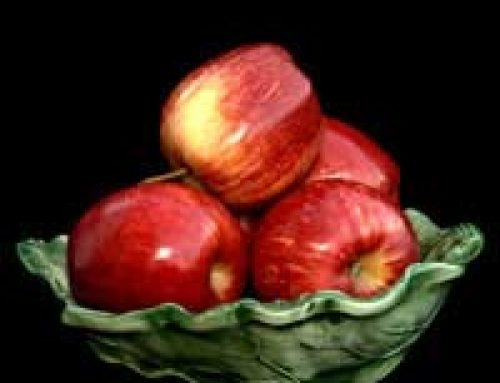 Growing your own fruit is one of the most rewarding aspects of working in your garden. Home grown fruit cultivated in your own garden tastes much better than the supermarket variety, saves you money and is far better for your health. Plus, if you have children, it can also encourage them to eat more fruit which they previously might have been reluctant to do.
Growing your own fruit is one of the most rewarding aspects of working in your garden. Home grown fruit cultivated in your own garden tastes much better than the supermarket variety, saves you money and is far better for your health. Plus, if you have children, it can also encourage them to eat more fruit which they previously might have been reluctant to do.
Preparation and Planning
Growing fruit is a long-term project and involves a lot of detailed planning and preparation. However, because fruit trees are perennials, a carefully cultivated group of fruit plants will provide you with fruit for many years to come.
The first step you should take is to decide on a suitable location in your garden in which to site your fruit plants. Fruit trees need plenty of sunlight to flourish so you should select an area in the garden which tends to receive the most sunshine. If you have other trees in the garden, don’t choose a location where your fruit trees are going to be put into the shade. They’ll also need plenty of water so ensure they’re planted near to or within access of a water source.
Do your research and find out to what size your trees or plants will grow. Some varieties can grow to extreme sizes over a number of years so make sure you have enough space to accommodate your plants when they reach maturity.
Choosing Your Fruits
Discuss with your family the kinds of fruits they like to eat and make your selection based on that. You also need to make sure that the plants you choose will grow in the British climate and only grow as much as you can eat yourselves or share with others. In the UK, the growing season is relatively brief unlike in some tropical countries and, although our winters are becoming shorter and warmer, we can still get harsh, cold snaps so seek advice on the kinds of fruits that grow well here.
Soil Preparation
The preparation of the soil is possibly the biggest factor in producing healthy fruit and prolonging the life of fruit plants. Some species require soil that is acidic and others don’t so you should perform a soil test before planting to determine whether your soil is suitable for your particular choices of fruit and, if it’s not, you need to change its composition.
You should also clear away any weeds etc. that would also consume water and other nutrients vital to the fruit plants’ survival.
Planting and Caring for Your Plants
Springtime is the best time in which to plant. Fruit plants can come in tree form, shrubs an some, like strawberries for example, are ground covers so it’s important to find out as much as you can about the different varieties of fruit plants and learn the correct way to plant and nurture them. It’s useful to draw up a chart or diary telling you what you should be doing with regard to each specific fruit plant throughout the year and to find out the different diseases and pests that can affect certain types of plants and how you can best protect and manage them.





It;s so exciting growing your own stuff for the first few years. There’s lots to learn and you have to be prepared for disappointmnent. I have finally managed to get plums from a tree grown from seed and believe me, if I can do it anyone can! I have been even trying to grow a grape vine in the last few years – in the north of England and it seems to finally be looking like it’s here to stay. Loving all the help on this site x